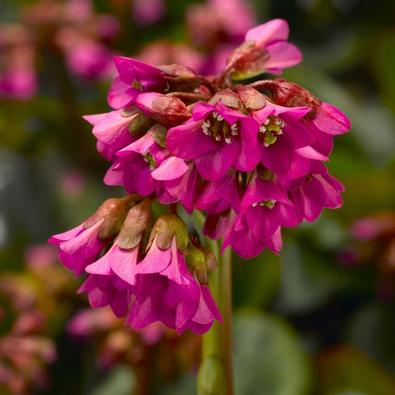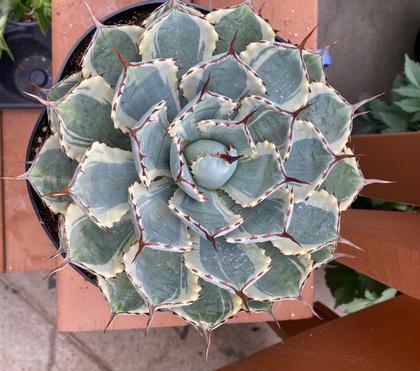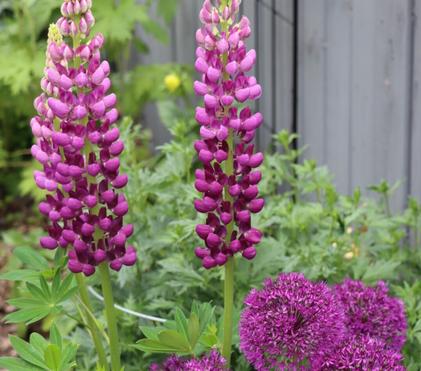Perennials for Early Spring Colour
Many early blooming perennials are currently flowering in the greenhouse so it is an excellent time to see what they will look like in your garden next spring. They can be planted now but need a few days of hardening off to acclimate their tender leaves to the sun’s rays.

Perennials for Early Spring Colour
Well, spring in Alberta is not following the rules again. It’s 30 degrees and we all feel like we are in the heat of July, not the first week of May. What happened to a slow gradual warming of temperatures? Gardeners are itching to plant, and although the weather forecast is looking pretty good for the next week or so, it’s often during the last two weeks of May that a nasty cold snap swoops in. I would suggest holding off planting any annuals into the ground until there is consensus that temperatures will remain warm as the long weekend approaches.
Perennials on the other hand are a different story. A lot of the early bloomers are currently flowering in the greenhouse so it is a good time to see what they will look like in your garden next spring. They can be planted out now but will need a few days of hardening off to acclimate their tender leaves to the sun’s rays.
One of the earliest plants to flower in the wild across Alberta is the native prairie crocus (Pulsatilla nuttalliana) which is a long-standing harbinger of spring for many Albertans. Its most commonly cultivated relatives, the Pasque flowers (Pulsatilla patens and Pulsatilla vernalis) are never far behind in gardens. Wallish carries both a white and a violet variety that will bring early colour to a well-drained sunny spot.
Another good option for early spring colour in sunny beds and rock gardens is Iberis sempervirens Snow Cushion (also known as candytuft). It is a low-growing perennial with brilliant white flowers that will trail down over rocks or across the ground. It would look lovely planted in front of Little Blues Veronica, with its short spires of blue flowers and evergreen foliage. Add in a mound of bright yellow Cushion Spurge – this is the one that people come asking for when they see it growing in the bed outside the store – and you will have fall colour too. The bracts start with brilliant yellow, change to green for the summer, then to shades of red and orange in fall.
And for sun, let us not forget about chives! One of the first plants to poke new greenery through after the snow melt, they aren’t just useful for culinary purposes. The purple flowers usually appear by mid-May and are quickly buzzing with pollinating insects. The peppery-tasting flowers are pretty in salads, and the stalks add fresh spring flavour to so many dishes.
One of my favourite perennials is Bergenia, also known as Elephant Ears, which is a reliable, early blooming evergreen plant. It prefers part-shade and sends up stalks with pink bell-shaped flowers that last for weeks. I have seen some of the smaller native bumblebees visiting the flowers, so it is also a useful addition to a pollinator garden.
Brunnera, or Siberian bugloss, is a lovely bright plant for a shady woodland spot. The tiny blue and white flowers reminiscent of forget-me-nots hover in the air on slender stems above the large silver and white leaves. If you are looking for a spring-flowering shade-loving groundcover for a difficult area (this is a spreader) Lamiastrum galeobdolon Herman’s Pride has lemon yellow flowers that appear in pointed arrangements above the variegated leaves.
Add some perennials to your garden this spring and plant some fall bulbs in September. Then you can begin dreaming of spring again and know that you will have a beautiful show of early colour to cheer you after the long cold winter months.

